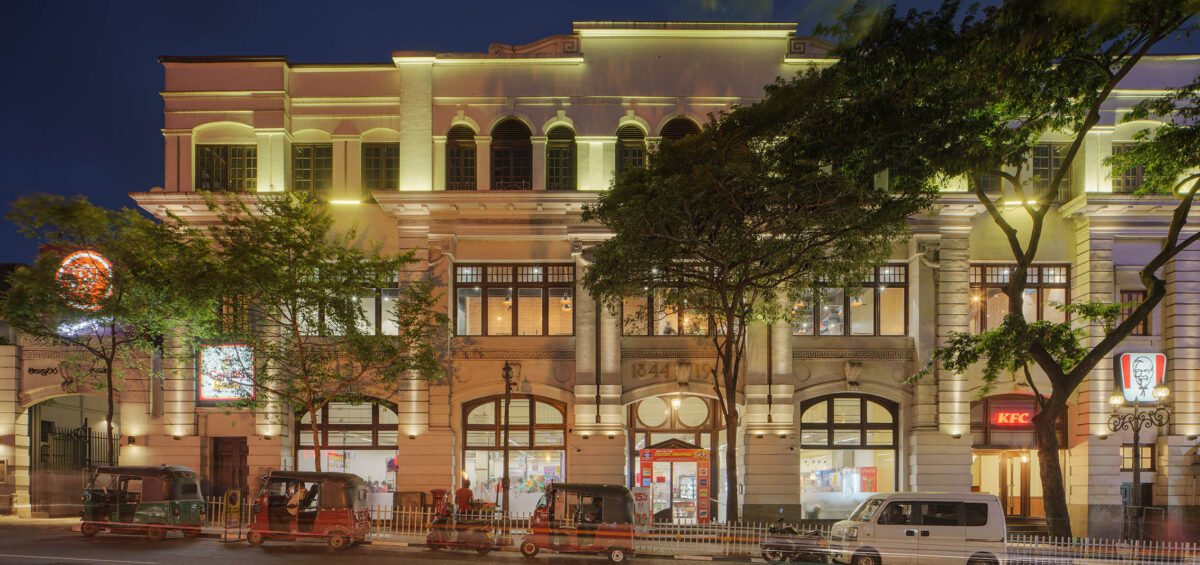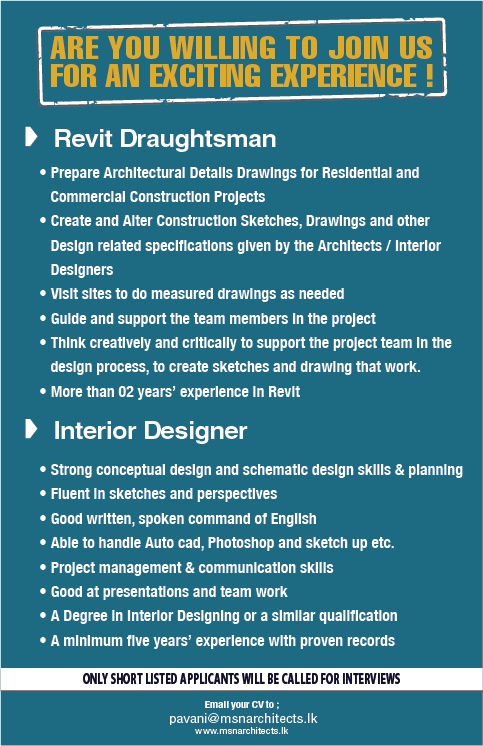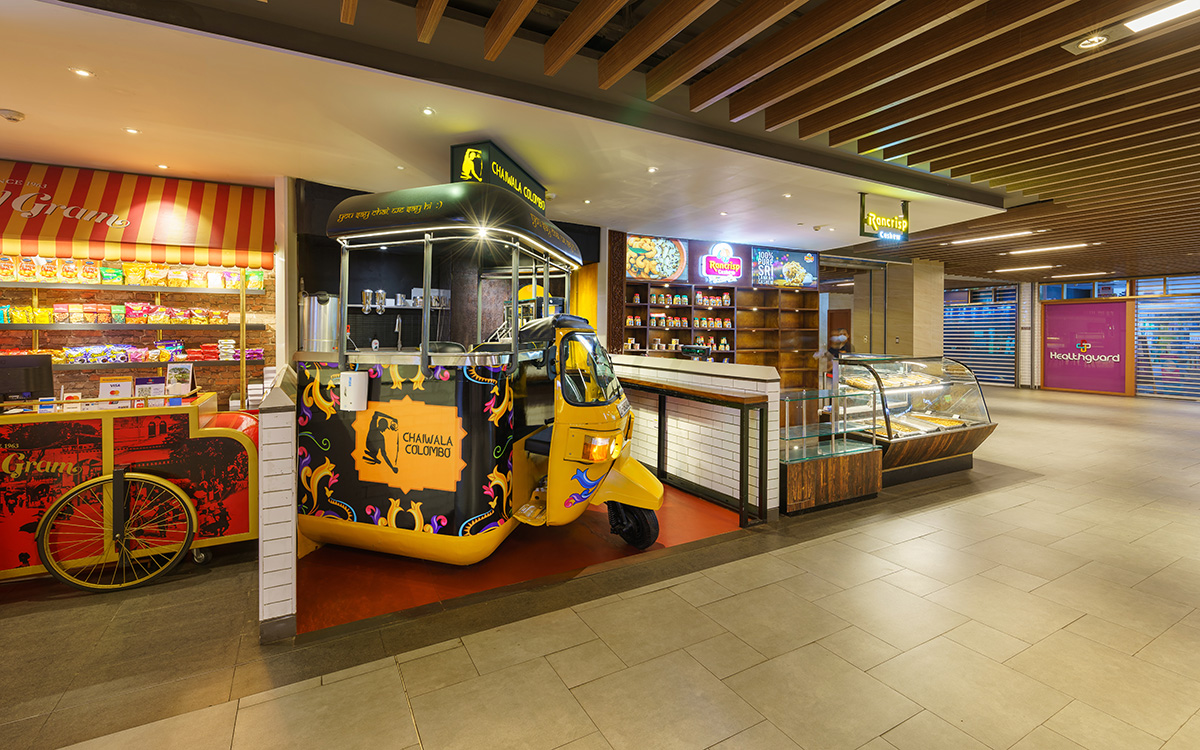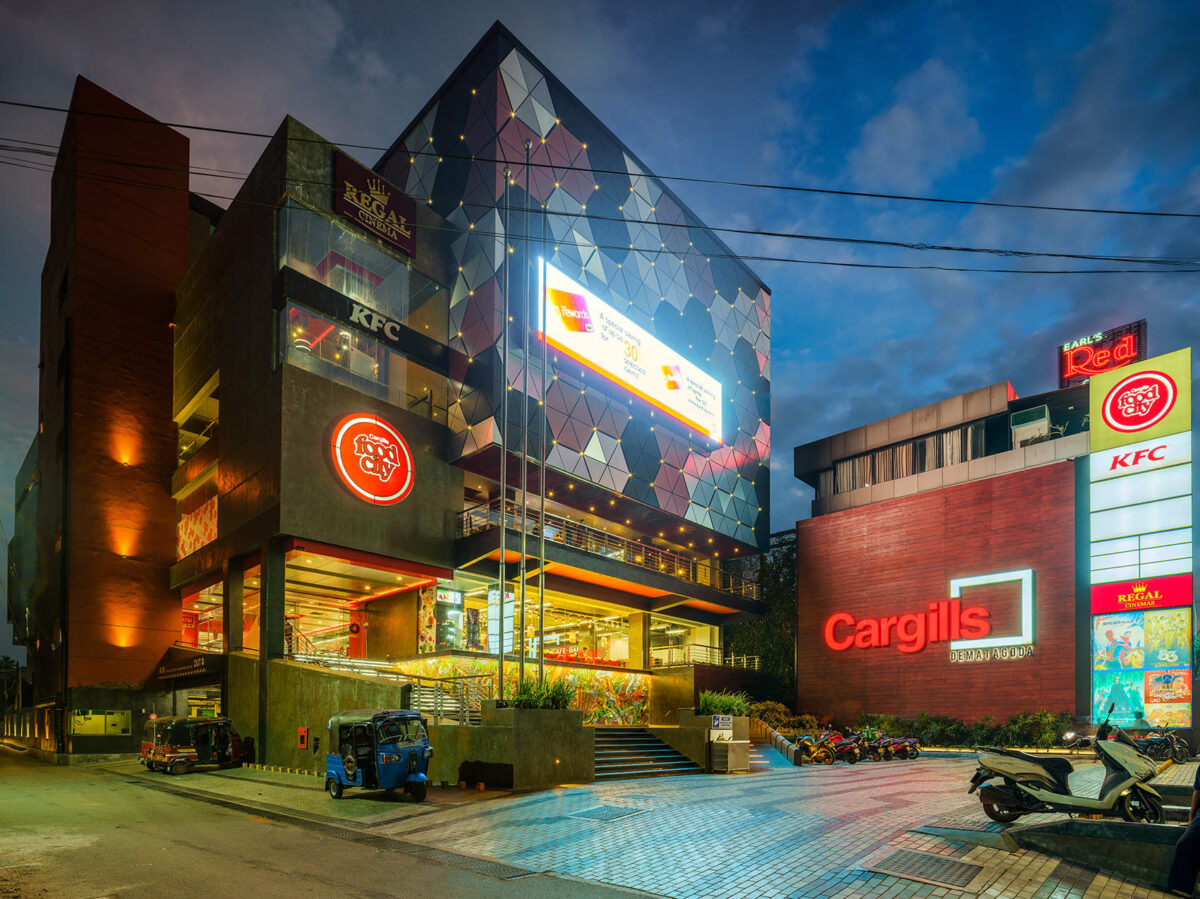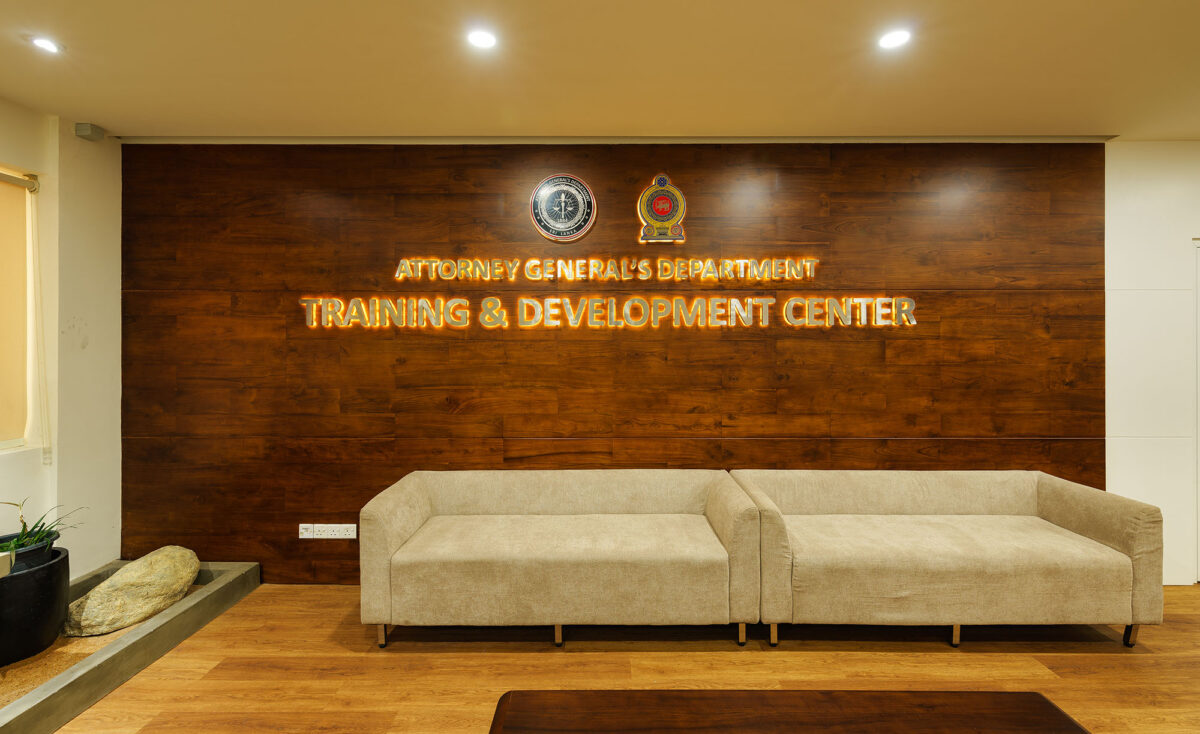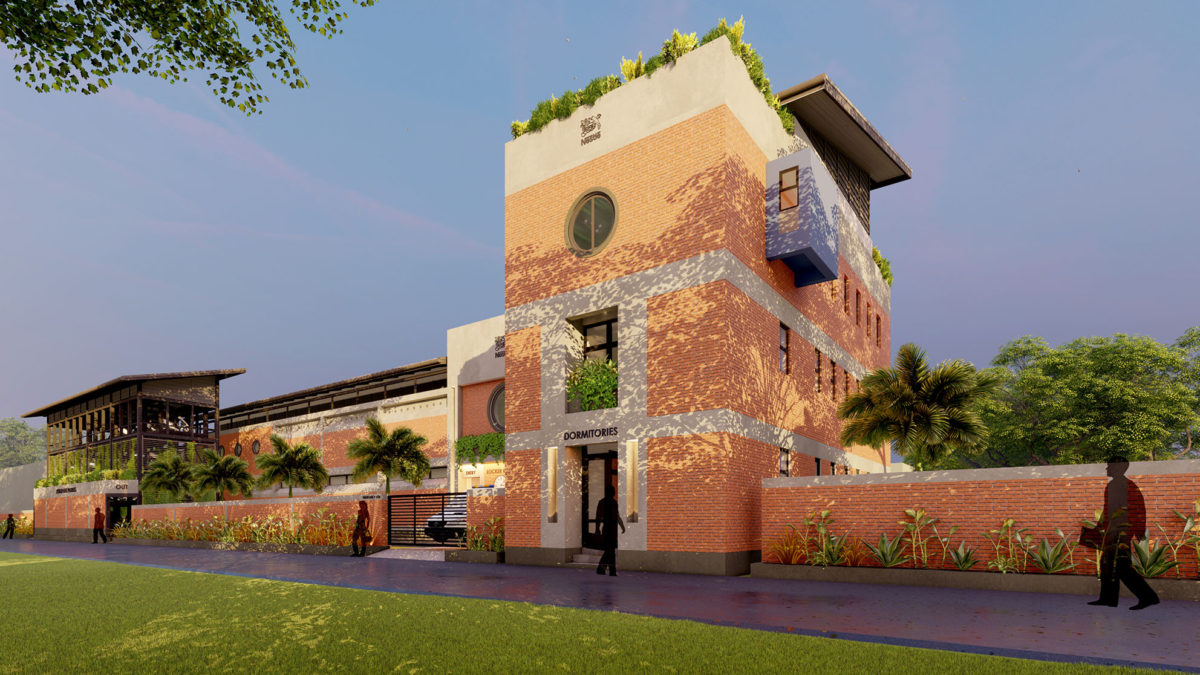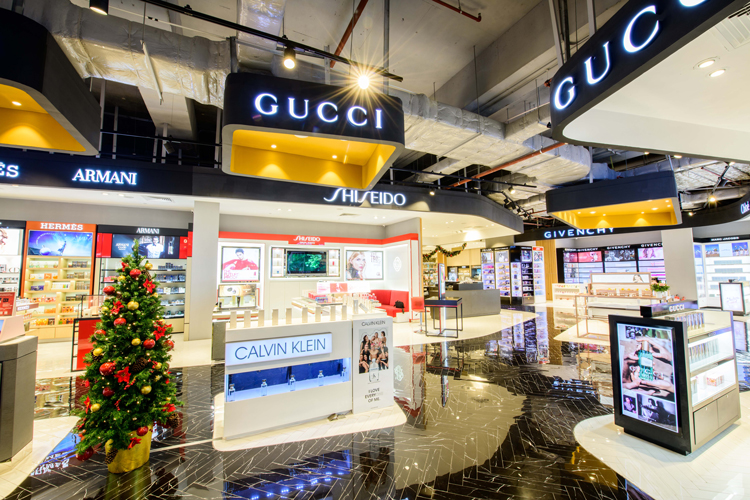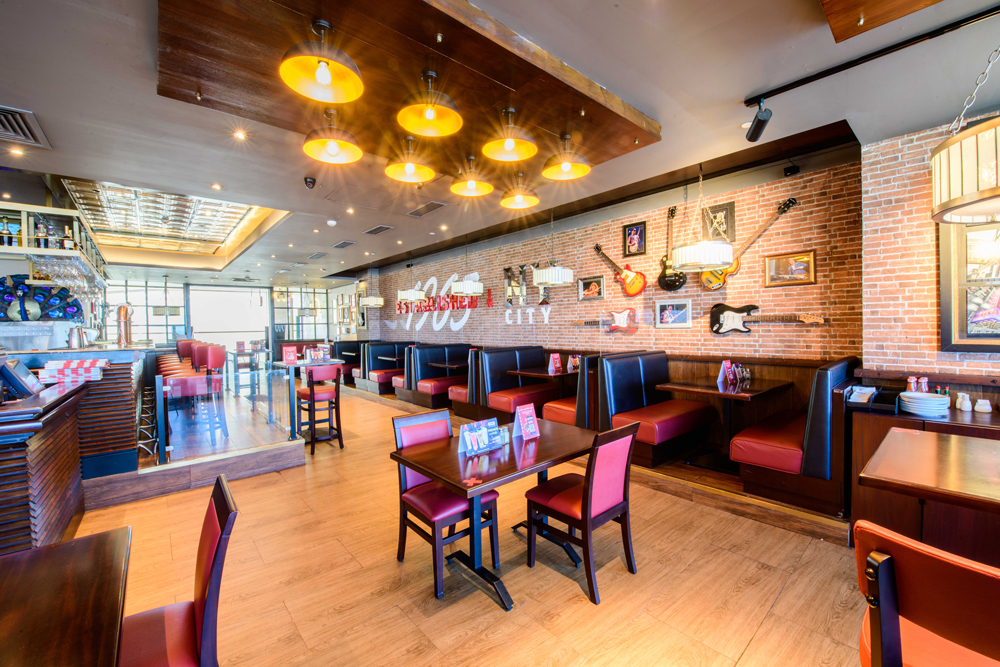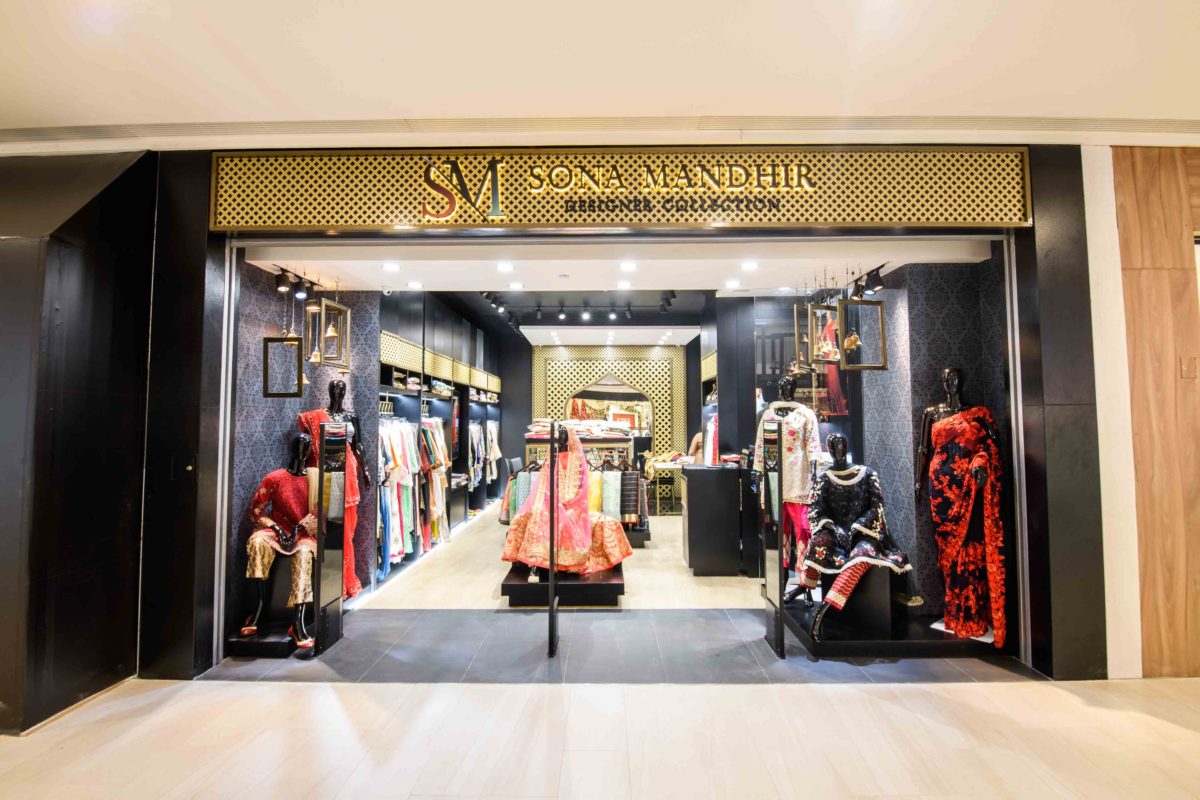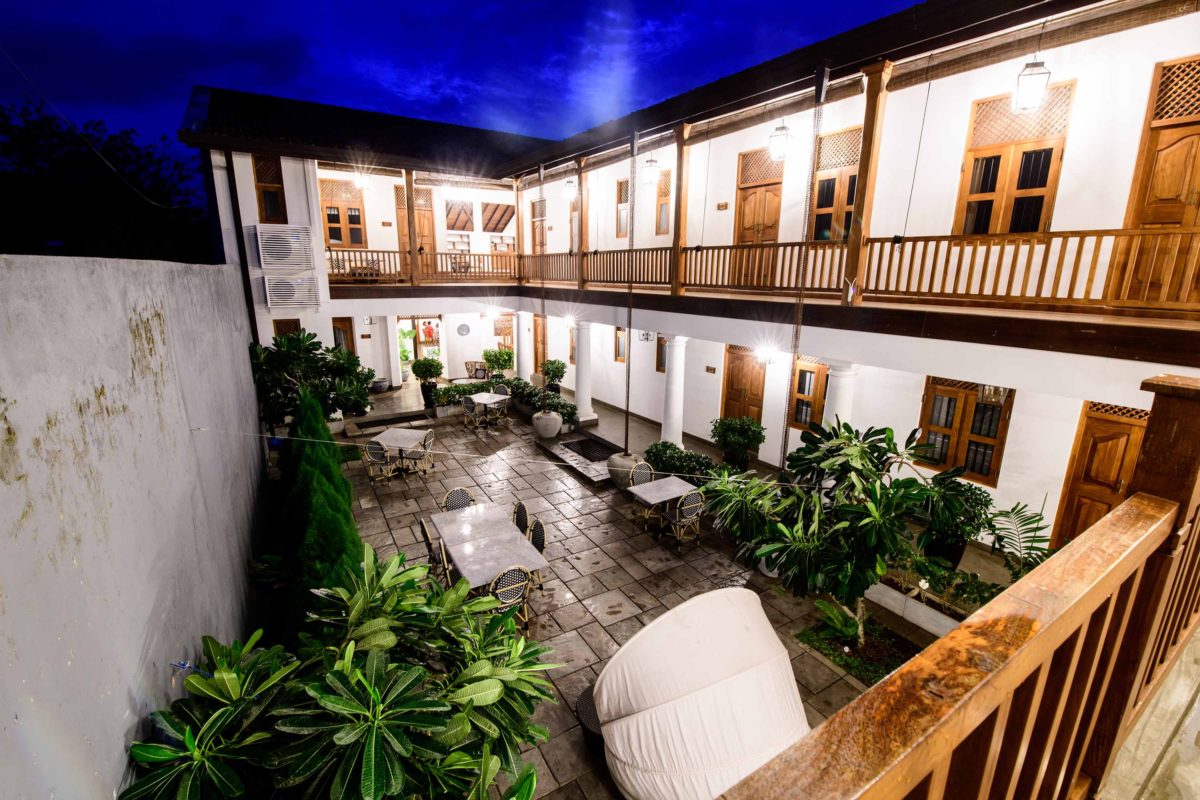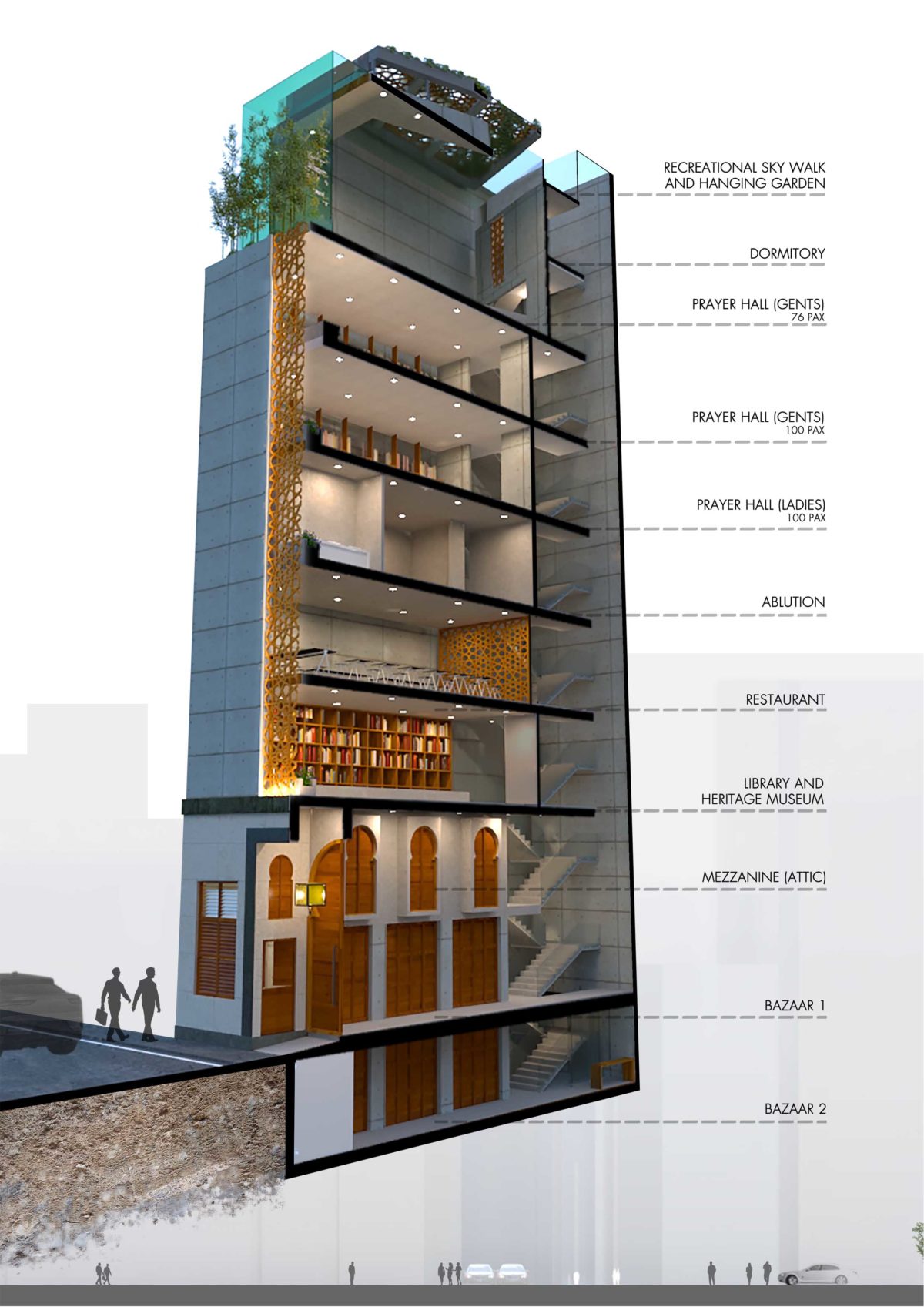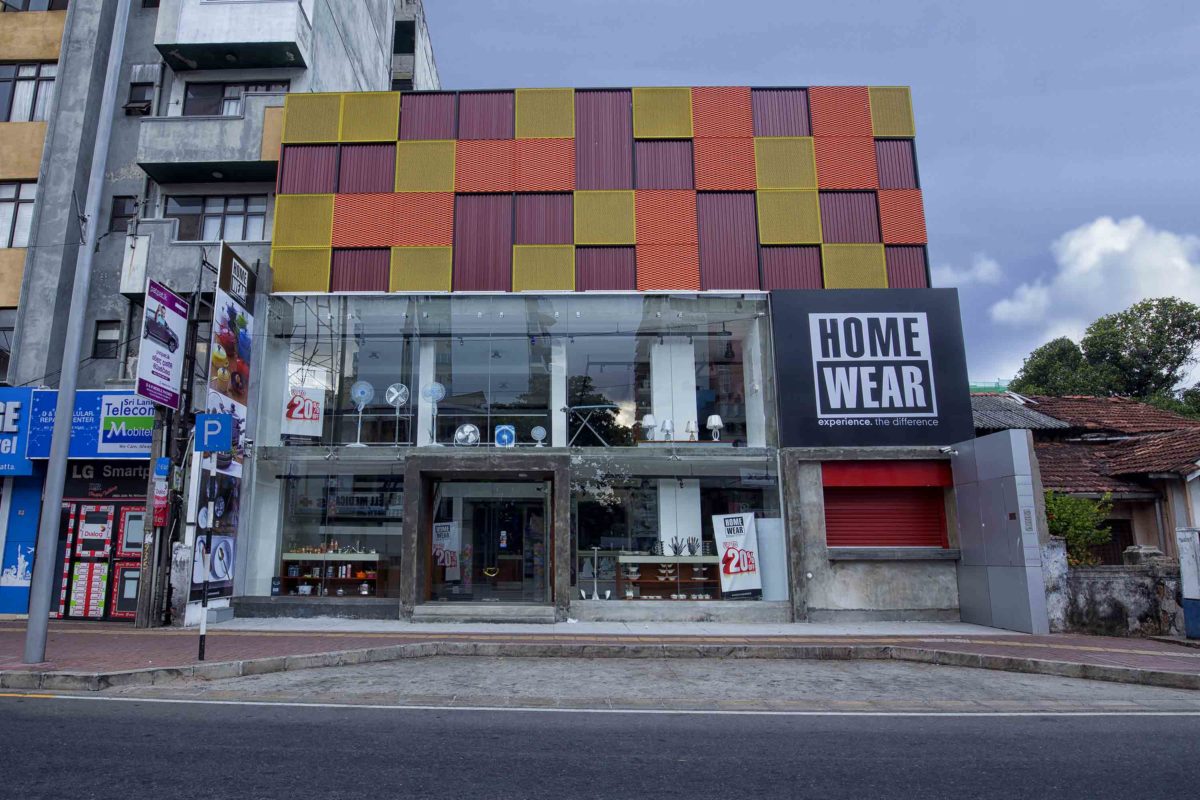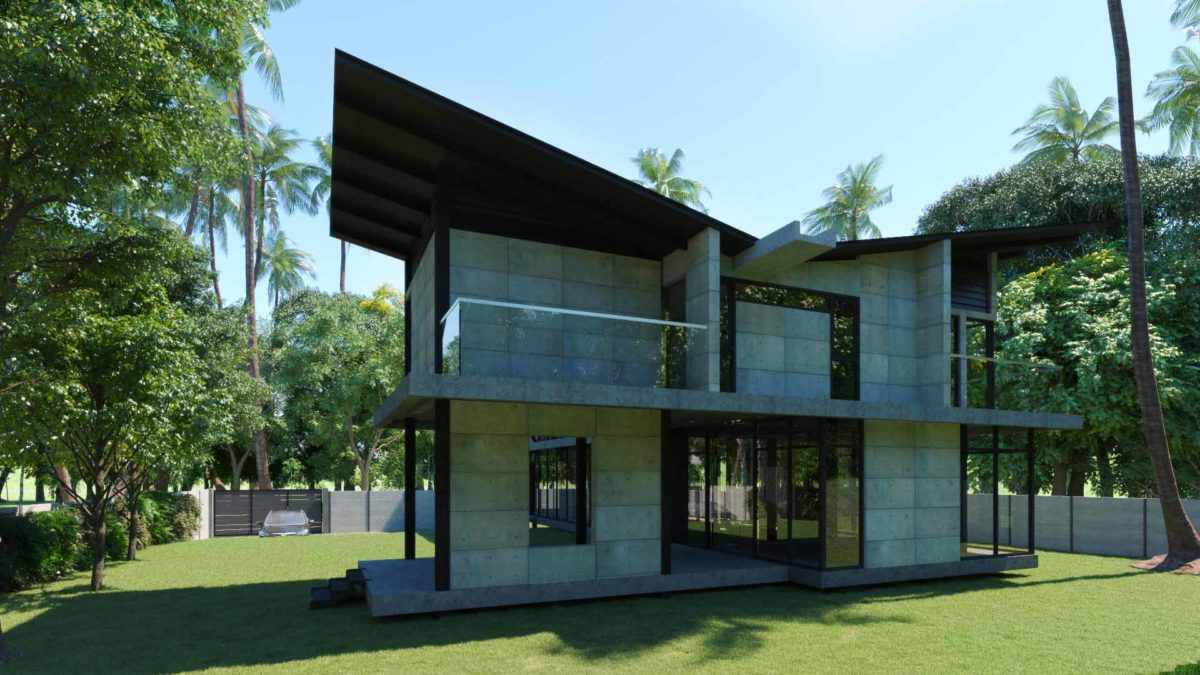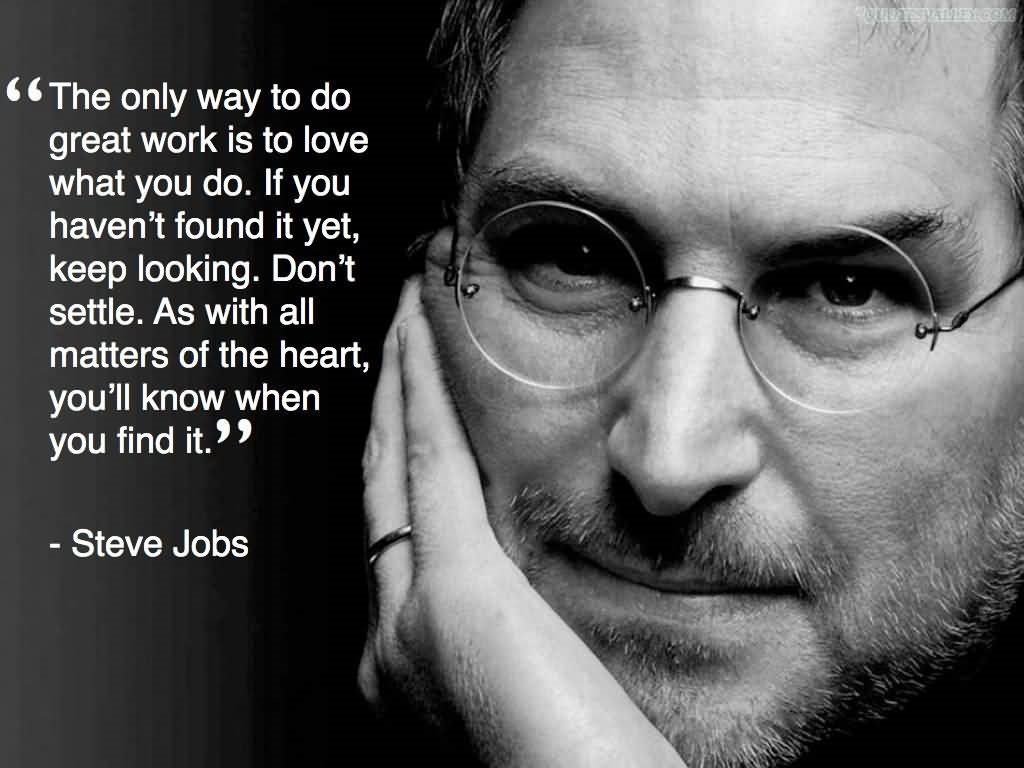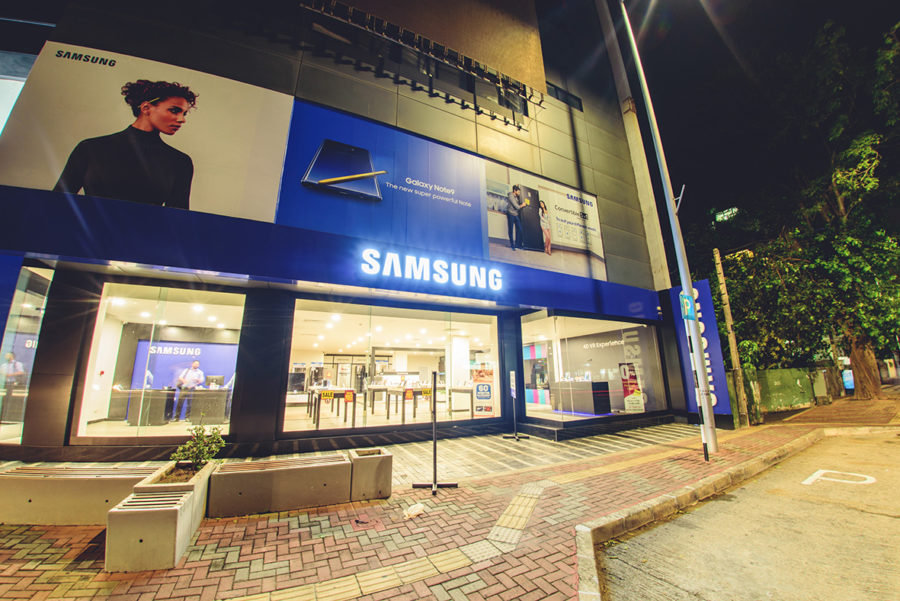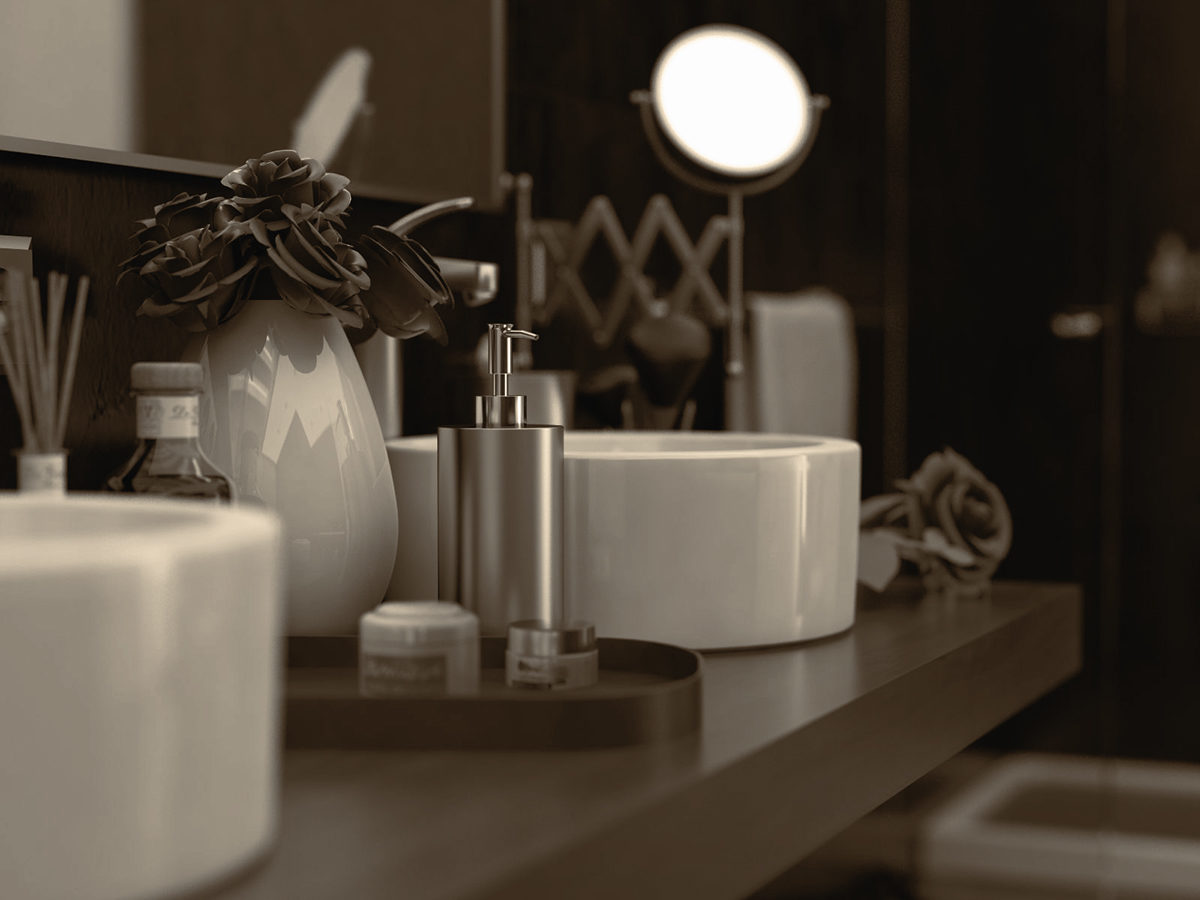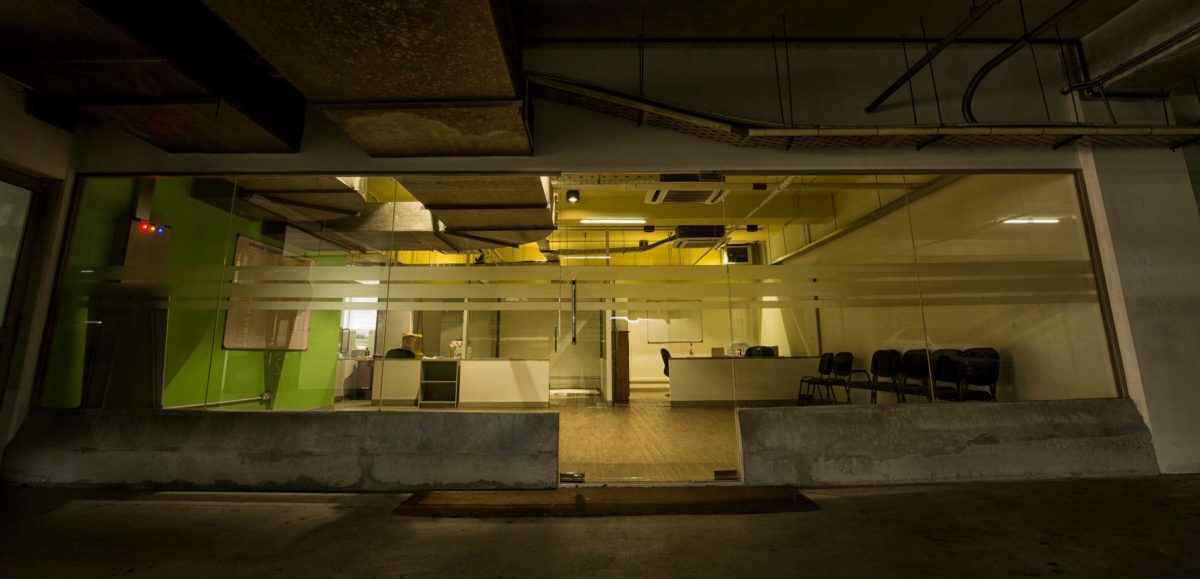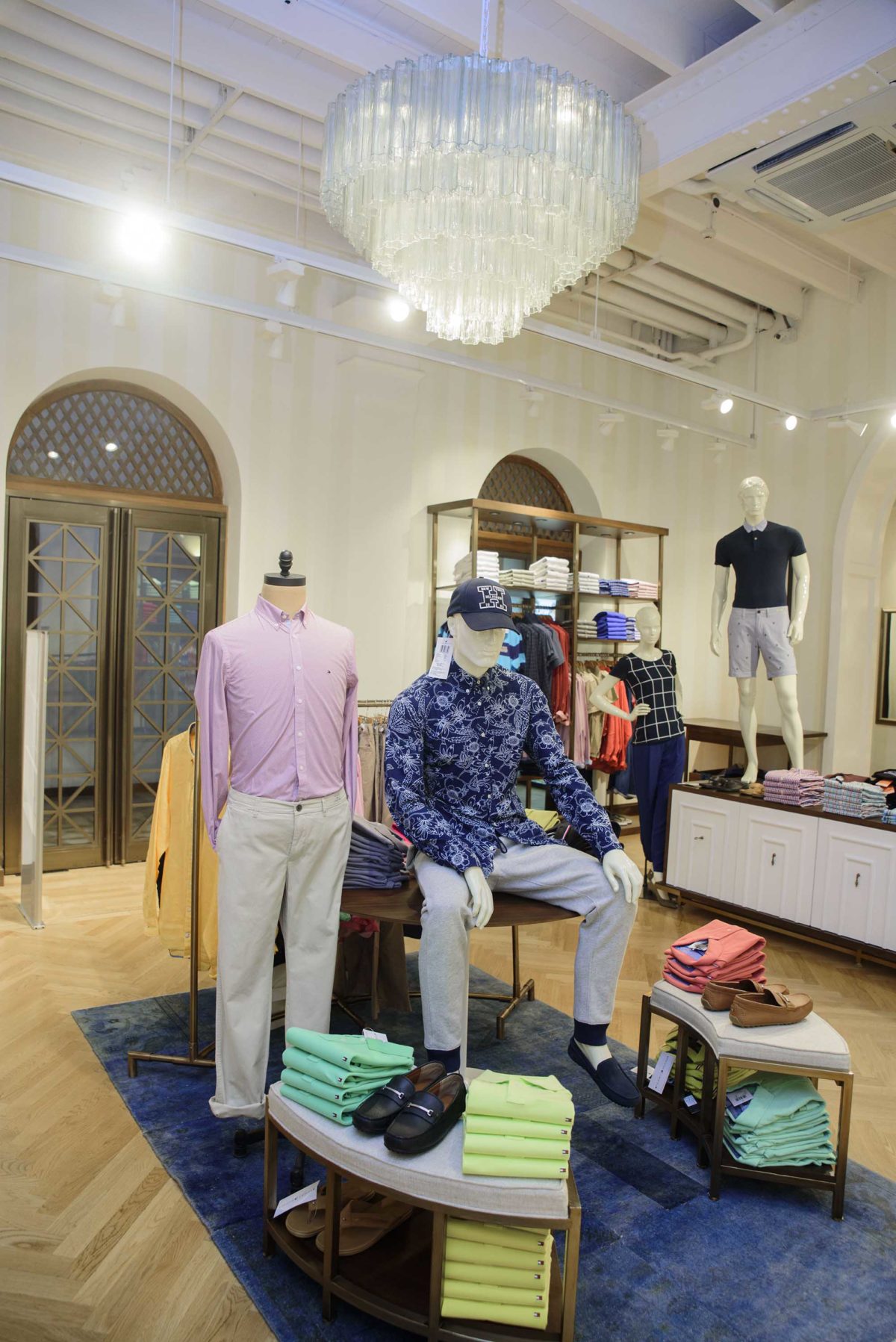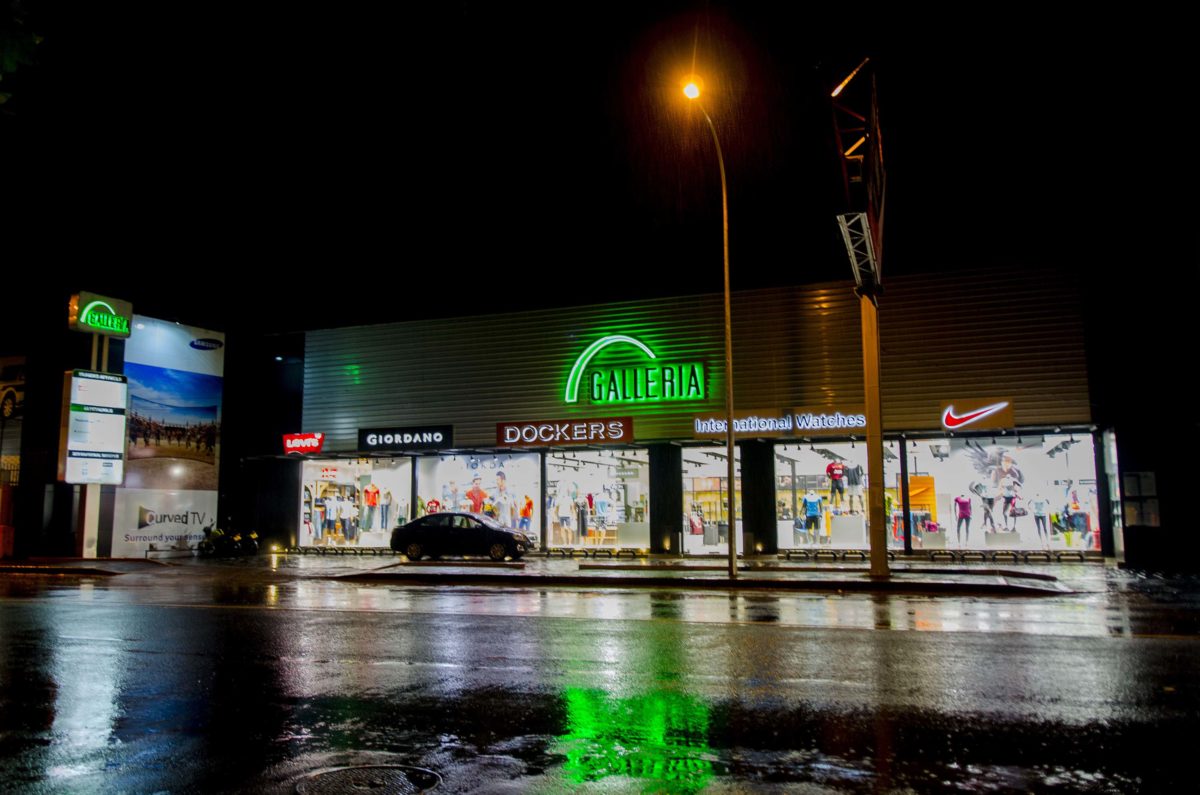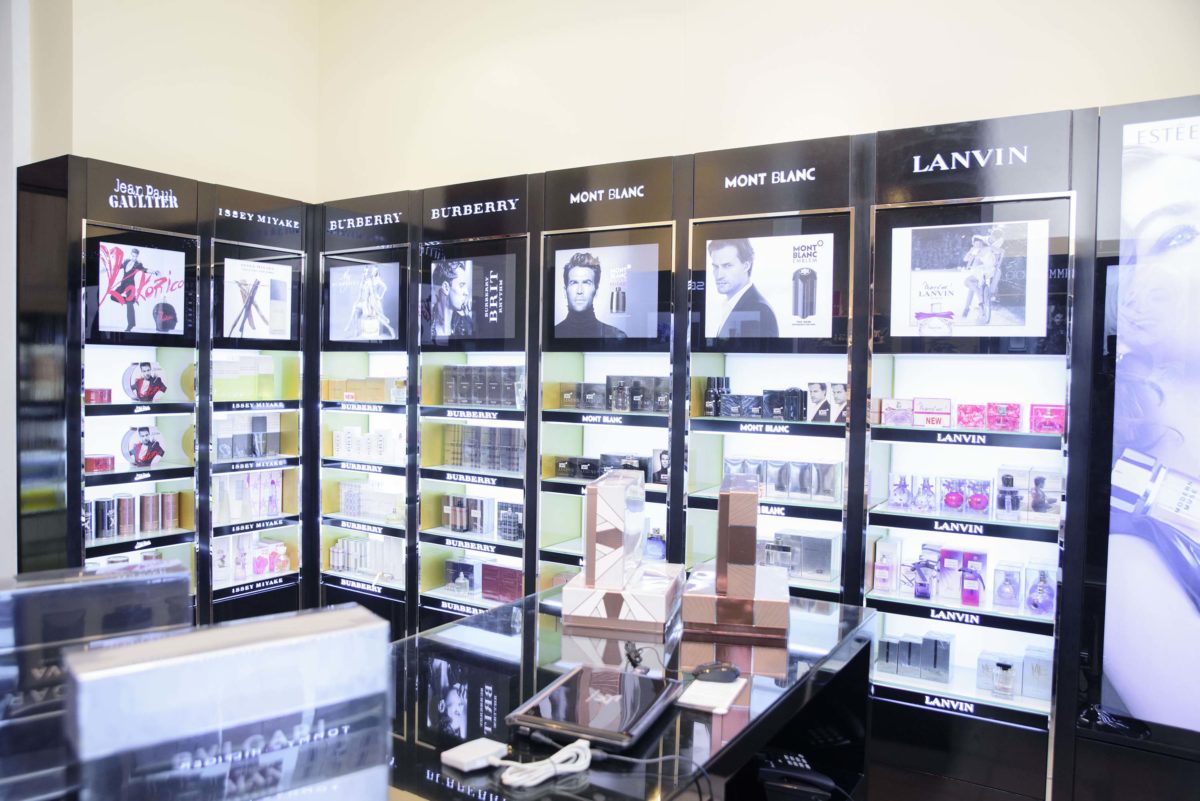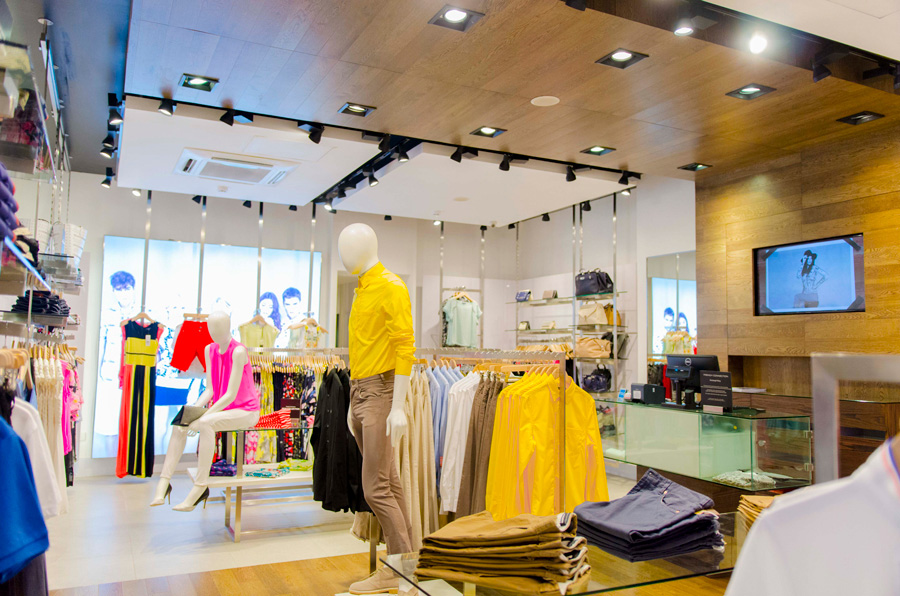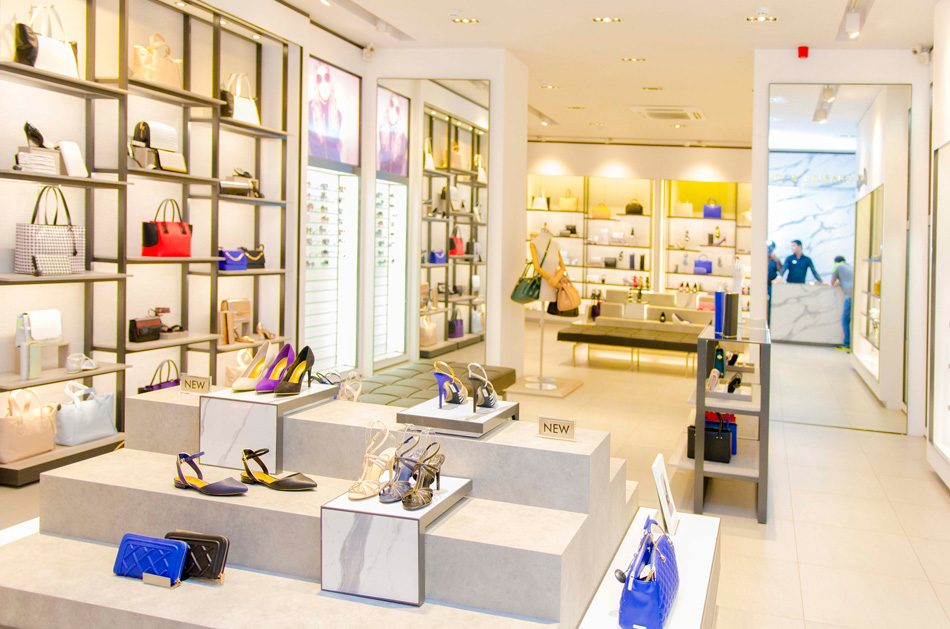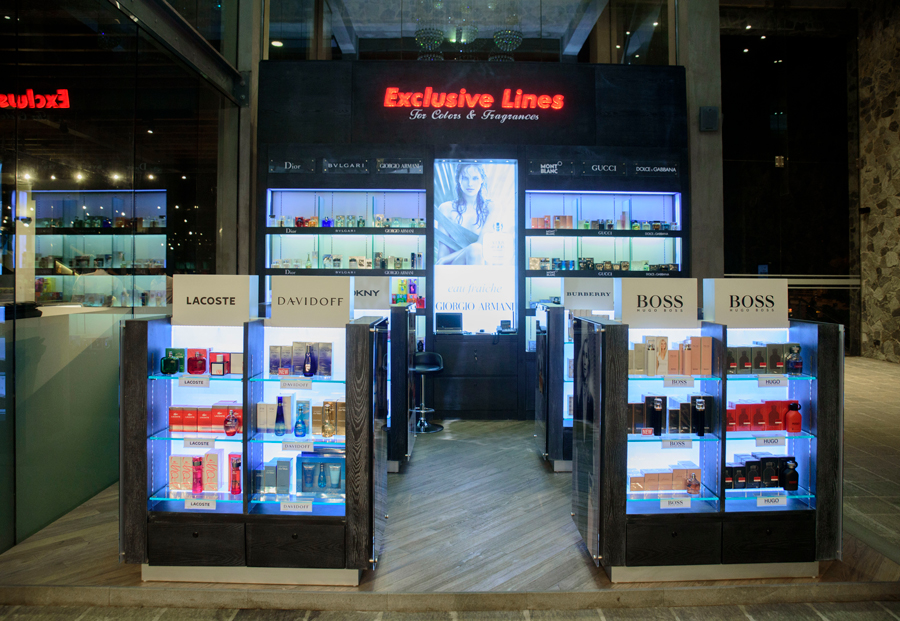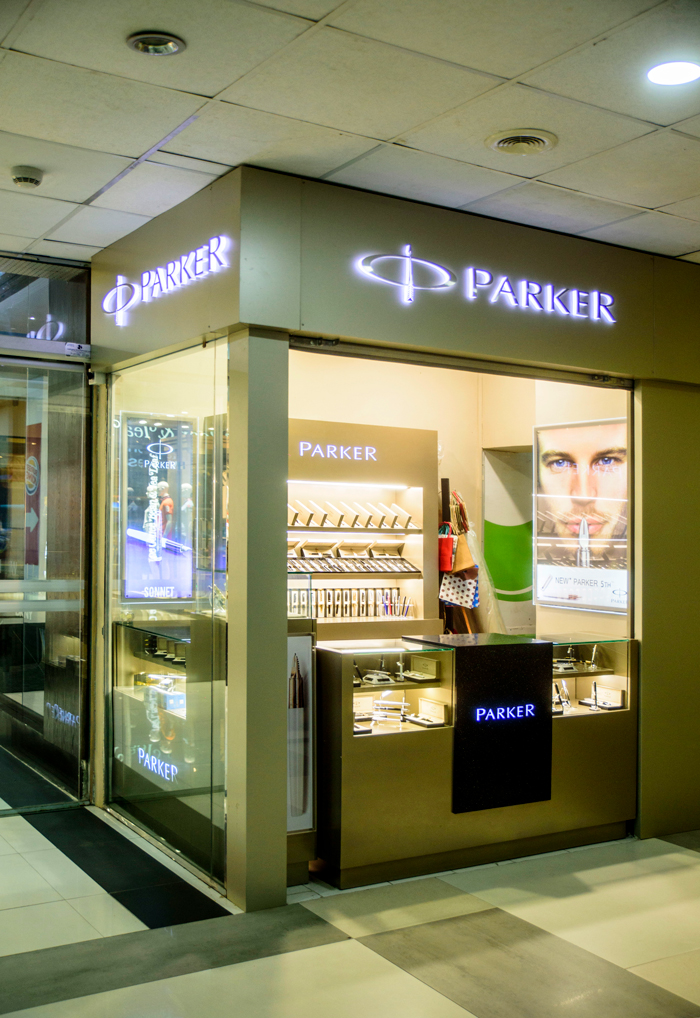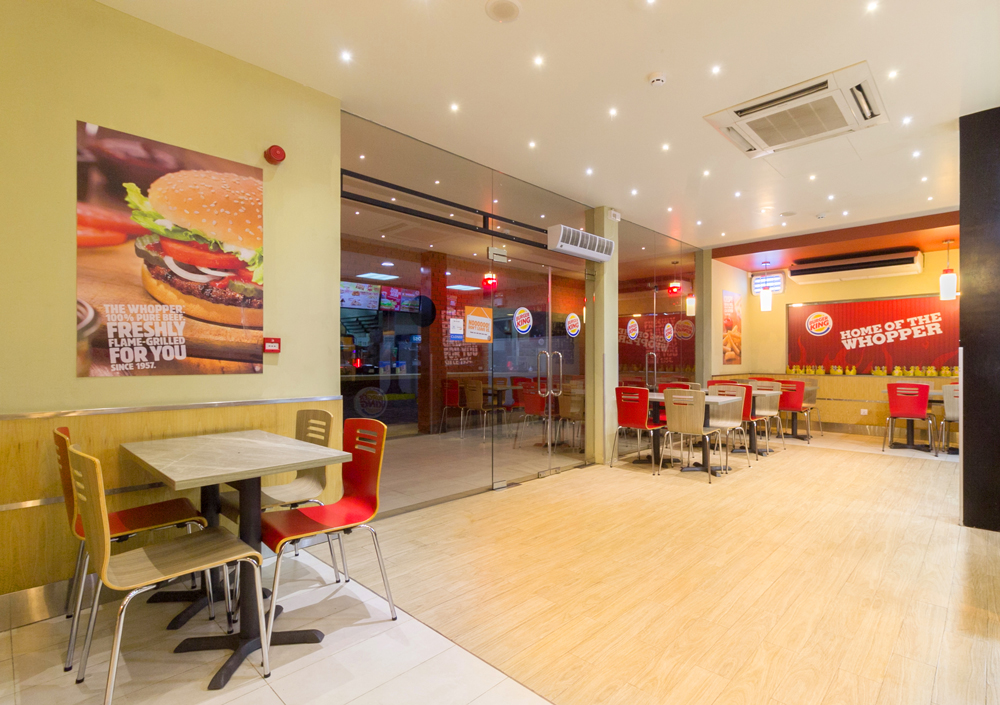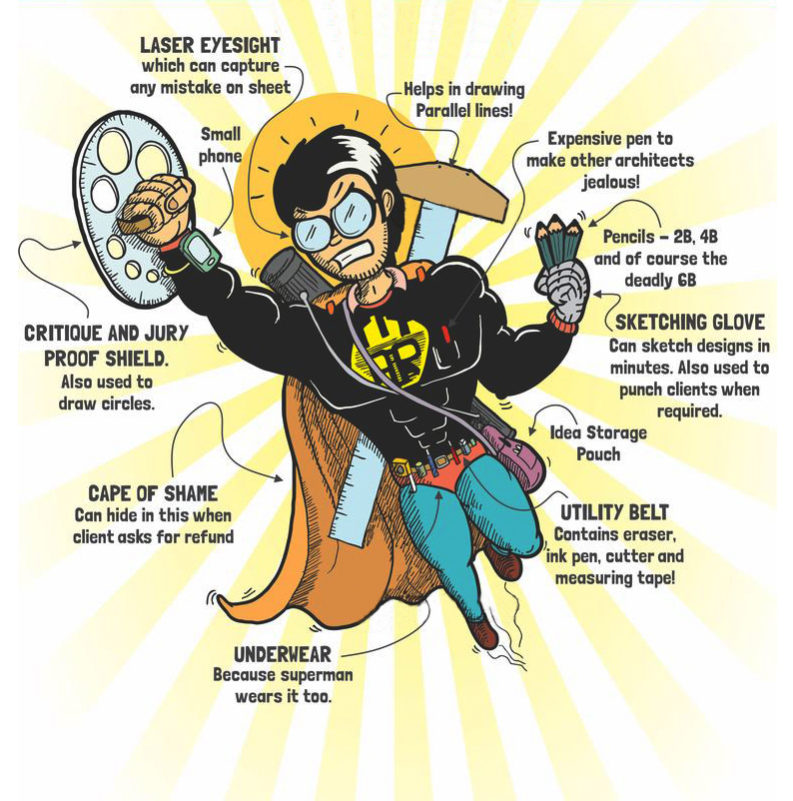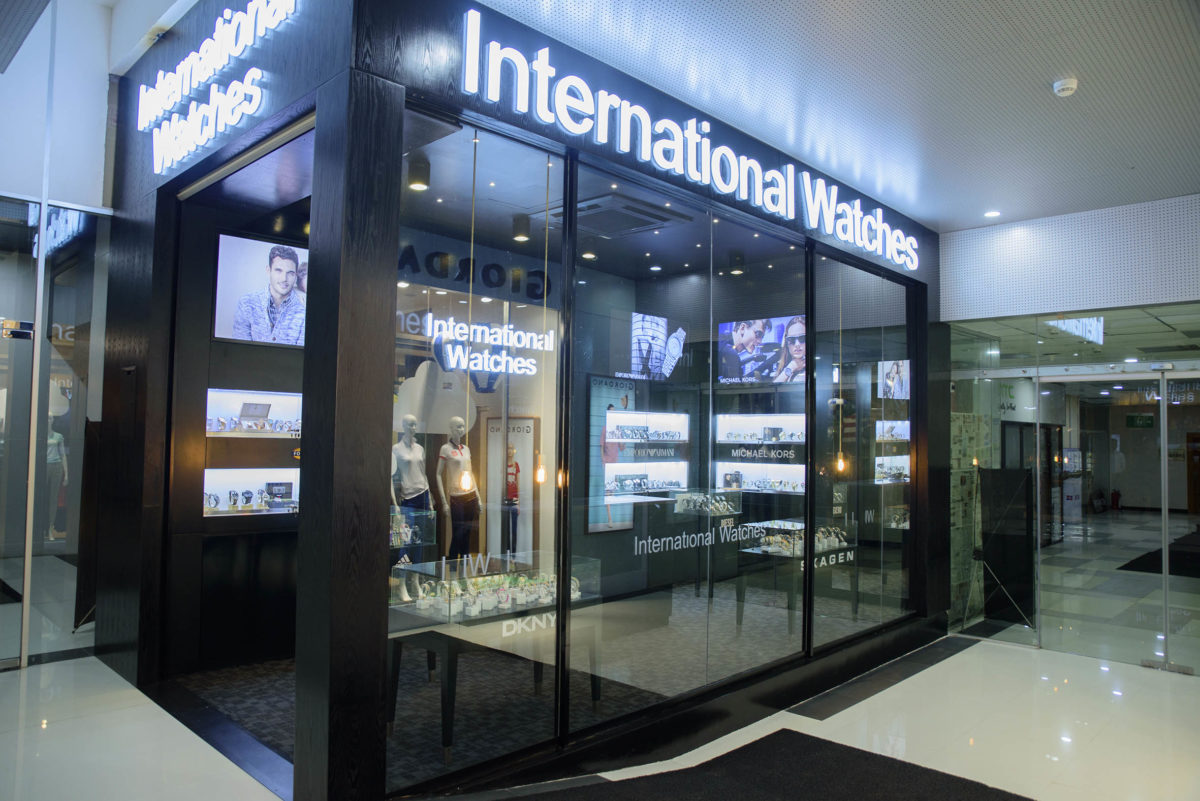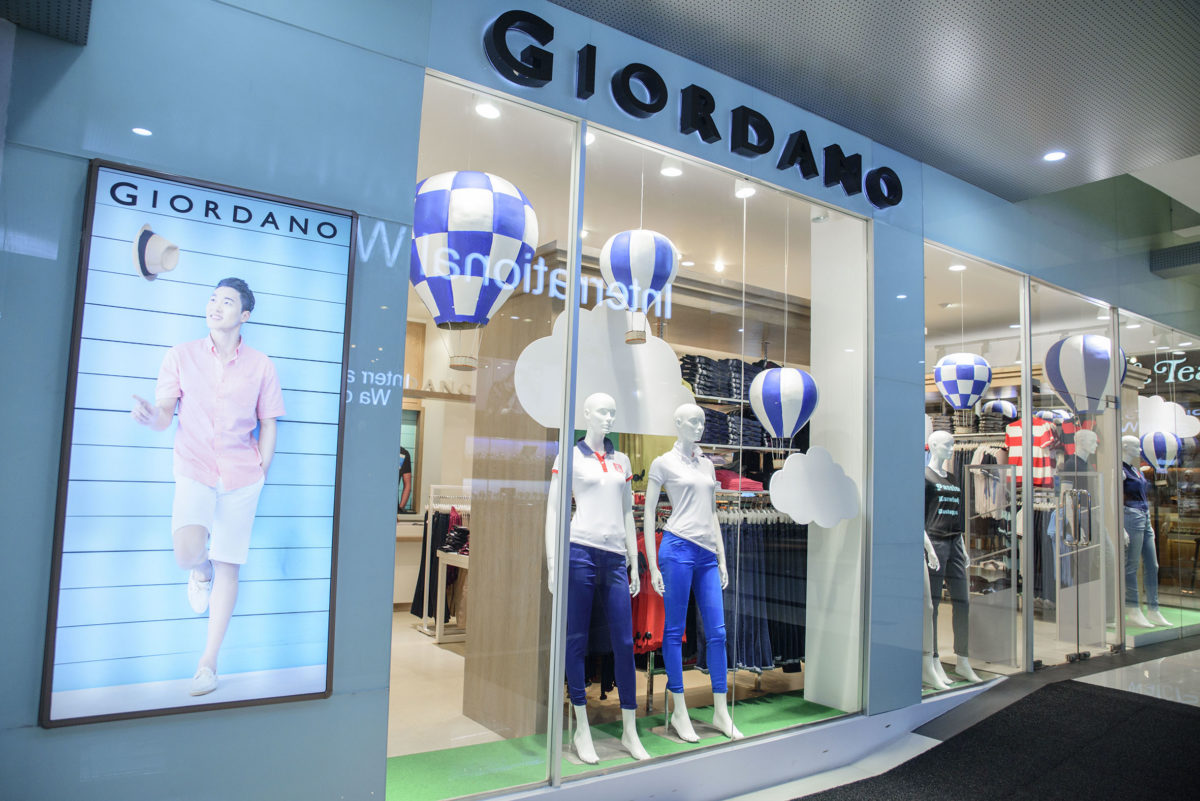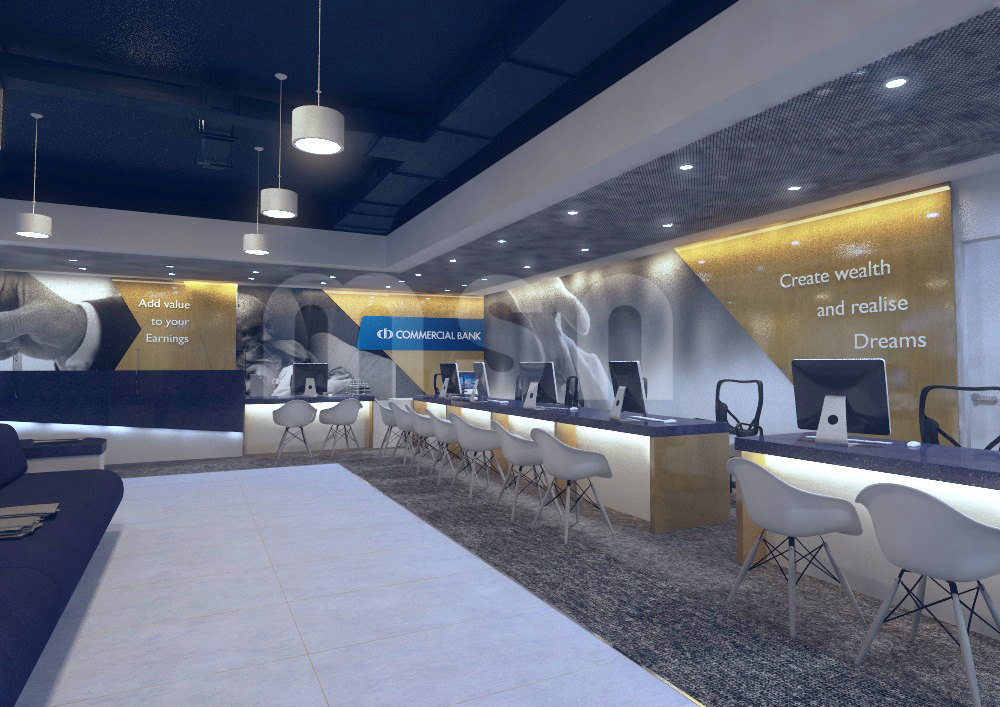LOCATION/ Kandy
SCOPE/ Architecture & Interior Design
Sri Lanka is an Island located in the Indian Ocean, often referred as the “Pearl of the Indian Ocean”. Kandy is the last Capital of Sri Lanka, with 2500 years of flourishing Buddhist Heritage. This Great Colonial Emporium was established in the City of Kandy in 1844 as a Department Store by British businessman, Willam Milne as “Milne & Company”. In 1850 Milne joined with David Sime Cargill and the firm bacame known as ‘Milne Cargill & Co.’ and the Building was, thus titled as “Cargills Building”.
The Building is on Dalada V eediya Kandy, the most important road in Kandy , which leads to the “Temple of the Tooth Relic at the End. Currently Ground Floor of the building functions as a Retail Outlet consisting of a Supermarket – This was the first supermarket in the Island and KFC- An International fast food outlet franchised by Cargills (Ceylon) PLC while the First and Second Floors remain unoccupied.
Architect: Shaam, Nimani & Sandeepa
Quantity Surveyor: Mahesh
Draughtsman: Roshan
3D: Osanda
Graphic Designer: Sameera


